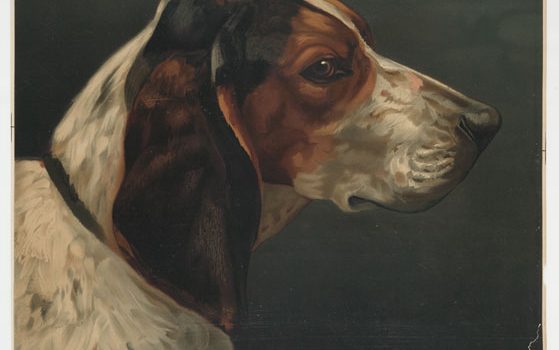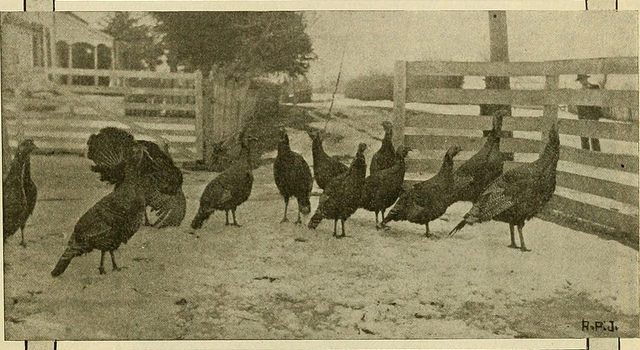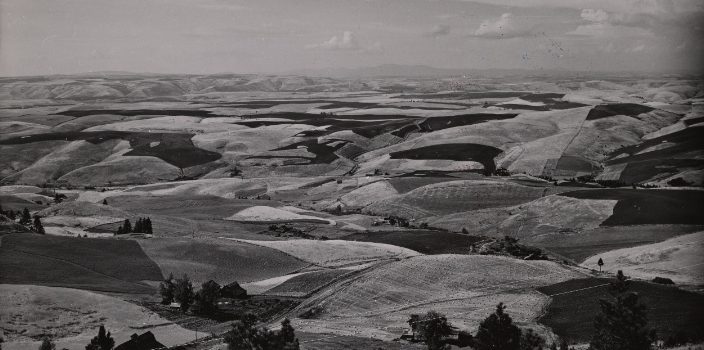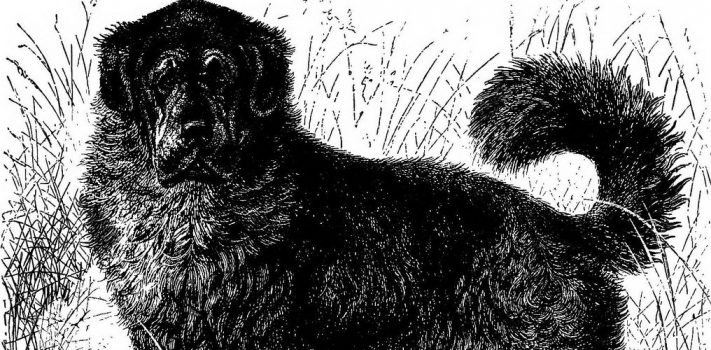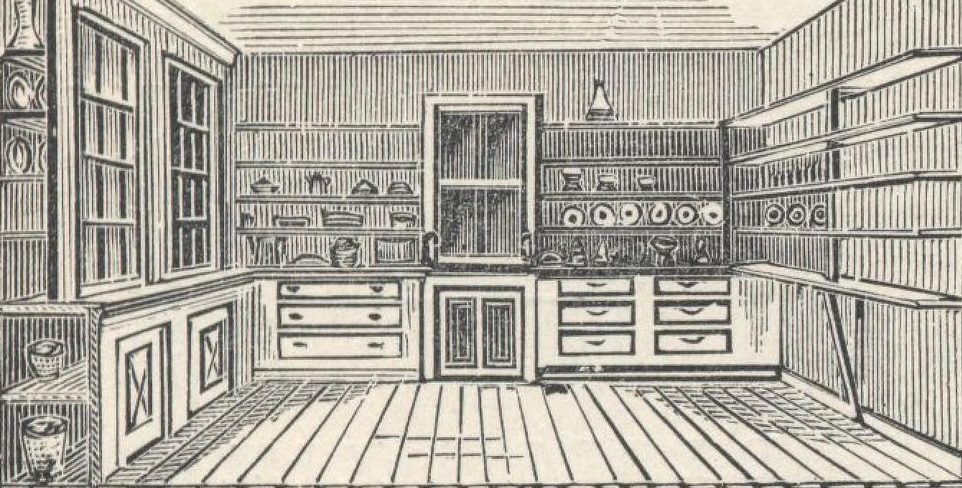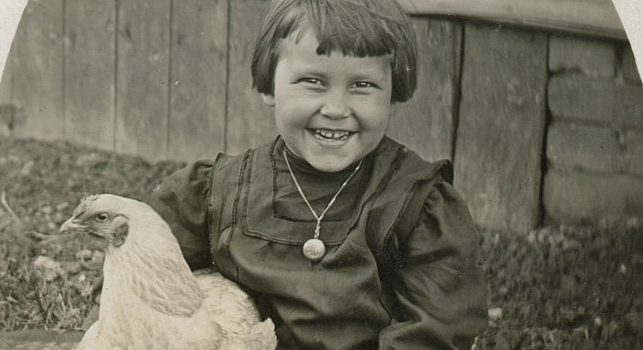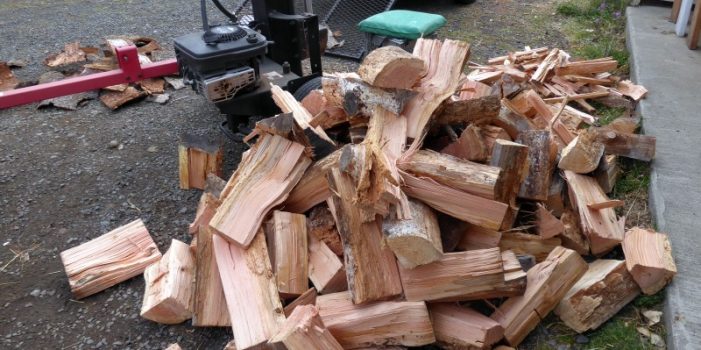Train Your Tracking Dog – Part 2, by Dogdancer
(This part concludes a two-part article.) Step One: Show the dog that searching is a game played under special circumstances. The way our search team did this was by having a unique harness that dogs wore only when training or going on a search. In this way, every time you put that one harness on the dog, he understands he is getting ready to search for something. It’s like a boxer putting on his gloves, or a biker pulling on his helmet. Step Two: Associate following a ground scent with gaining a food reward. Here’s where one friend can help. …

